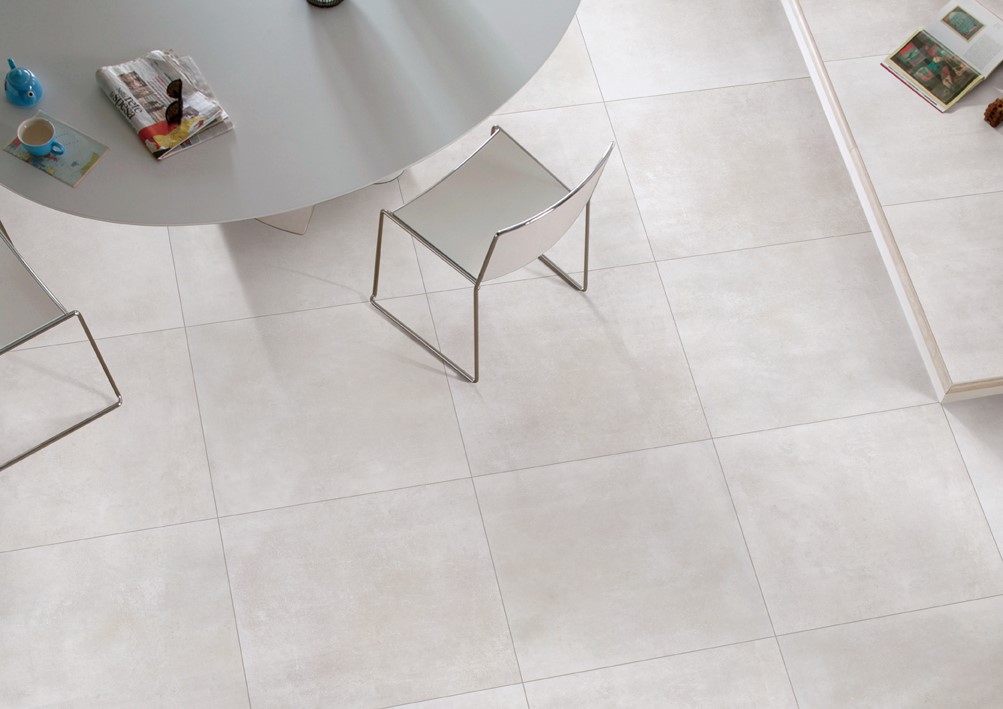
Before you purchase tile for your home, it’s a good idea to learn more about PEI tile ratings and how they impact you. The PEI, or Porcelain Enamel Institute has established a rating scale that helps consumers determine the durability and hardness of different types of tile. So, why is this important? The PEI rating can help you determine exactly where certain types of tile should be installed. For example, rooms that have a lot of foot traffic will require a denser tile that can handle heavy use.
PEI tile ratings are designed to help people determine which type of ceramic tile will work best in a variety of applications. This scale helps consumers and professional installers select the right type of tile for a variety of projects. The rating is determined by using a machine that measures abrasion resistance. When the tile begins to become damaged, the revolutions on the machine are counted, and this assigns that tile its PEI rating.
While abrasion is a good way to measure damage on tile, it’s important to note that wear will inherently be more visible on darker tiles. The PEI tile ratings show the requirements for the individual type of tile regardless of its color or darkness level. Here are the PEI tile ratings so you can use them for your next tile purchase:

PEI 0: This rating is for glazed tiles designated for use on walls only. Tile with this rating is not suitable for installation on floors.
PEI 1: A rating of 1 means the tile can be used on very light-wear areas, and should only be installed in rooms where people use soft footwear such as sneakers or slipper.
PEI 2: A PEI tile rating of 2 is designated for light wear, mostly in bathrooms or in areas with normal footwear. It’s also good for installation on walls and is mostly utilized in residential flooring.
PEI 3: This rating is designated for tile in rooms with light to moderate foot traffic. It can usually be installed in the average home and works well on countertops and walls.
PEI 4: A rating of 4 indicates tile designated for rooms with moderate to heavy foot traffic. It’s good for almost any residential application and for medium commercial or light institutional use.
PEI 5: This tile rating is for anywhere that undergoes heavy to extra-heavy traffic. It’s recommended for any residential and heavy commercial foot traffic. This tile is ideal for use in stores, main entrance areas, shops, and on hotel floors.
Now that you know more about PEI tile ratings, you can make an educated decision when you install tile in your home. You can usually find the PEI rating listed on the packaging of the tile, on a spec sheet, or directly from the manufacturer themselves. These ratings can help you ensure that the tile you use will hold up to wear and tear without being damaged. Products like porcelain and ceramic tile should not be installed just anywhere. For example, these types of tiles may work well in a bathroom, but they might not hold up in a busy living room or a commercial space.
If you decide to use a tile with a PEI rating that’s not designed for that room, the results can be extremely frustrating. If you installed a tile made for use on a wall on the floors, for example, the tile will eventually crack and wear down to the point that it needs to be completely replaced. It’s much easier to ensure that you install the right type of tile the first time to avoid these costly headaches.
Of course, it can be quite easy to get lured in to purchase a certain tile due to its beautiful color or unique texture. But just because a certain type of tile looks enticing, it doesn’t mean that it will work for your specific project. Anything with a PEI rating of 0 should never be installed on your floors no matter how uniquely beautiful it is. Something rated at a PEI 5 level will likely be too heavy to add to the walls. In a nutshell, you should never install tiles made for walls on the floors, and you should always install tile designed for heavy wear and tear in areas that will endure a lot of use.
Whether your bathroom needs a makeover or you’ve been dying to create a tiled feature wall, there are several factors that come into play when shopping for the right type of tile. Of course, the PEI tile ratings are very important to consider since they can ensure a solid installation. But choosing tile is a bit more complicated than just the PEI rating. Make sure the tile you choose is graded for what you need. The grading scale goes from one to three with grade one being the highest quality. Grades one and two will work fine on floors, but grade three tiles cannot withstand foot traffic so they should be used on walls onl
If you’re looking to install tile in the bathroom, pay close attention to its water absorption rate. This will indicate how well it resists water, or how often the water will absorb into the tile which can cause discoloration and damage. Other things to consider include slip-resistance, tone, and durability as a whole. With a little bit of research, you can ensure that the tile you use will not only add beauty to your home, but it will also provide you with a reliable addition to the space for many years to come.
Copyright © 2021 Guangzhou Weyes Network Technology Co., Ltd. | All Rights Reserved